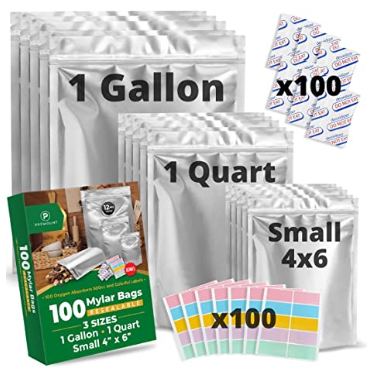To store fresh food on a homestead, utilize cool dark places, long term storage methods, and food grade containers. Methods for long term storage include using a root cellar, canning, and drying. Specifically, we will discuss storing vegetables, herbs, and fruits. Animal products such as meats, eggs, and dairy will be saved for a separate article.
How To Store Food Without a Root Cellar
In general, to store food without a root cellar, use a cool, dark space that is well-ventilated and maintains a temperature of 41 – 50F. A pantry or closed room without sunlight that keeps a cool temperature will work.
In addition, food can be stored through refrigeration, freezing, canning, or drying. Each variety of food may be stored differently to ensure the longest storage possible.
How To Store Food with A Root Cellar
A root cellar is a traditional method of food storage that has been used for centuries to keep food cool and fresh without the use of refrigeration. Root vegetables such as potatoes, beets, and carrots can be kept in crates or well-ventilated boxes. Cabbages, apples, and most citrus can be kept the same way.
How To Store Your Harvested Foods
In general, to store your harvested foods debris, excess dirt and insects will need to be removed. Additionally, most produce should be stored in a cool and dry place. However, certain vegetables have more specific needs. Below is a breakdown of a few vegetables and how to store them for the longest-term use.
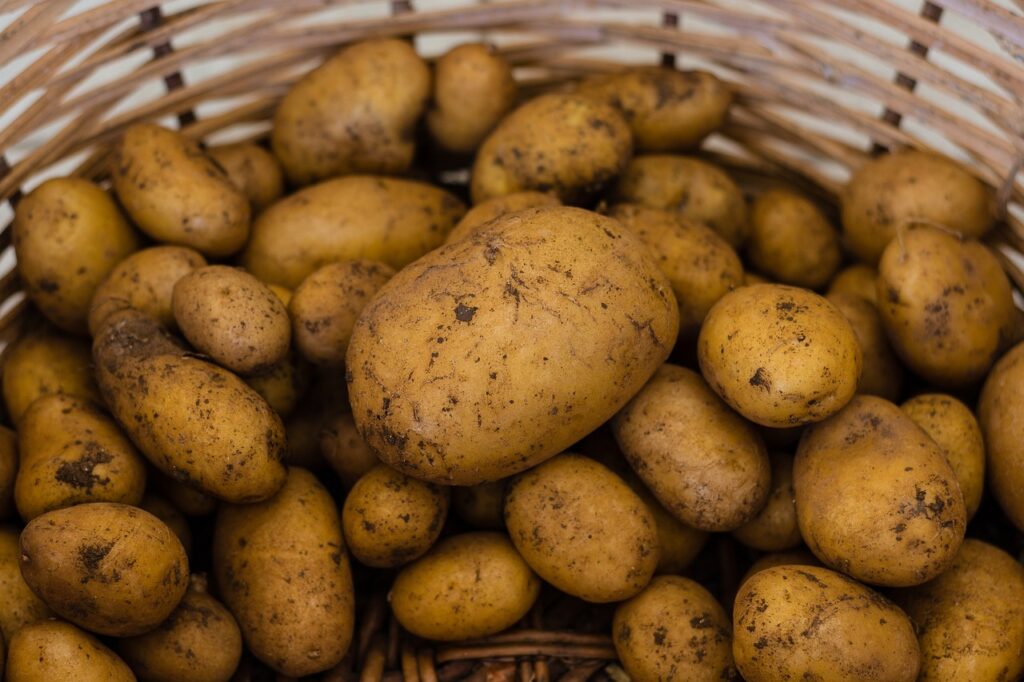
How To Store Potatoes
Potatoes should be stored in a cool, dark, and well-ventilated place. A temperature between 45-50F (7-10C) is idea. Direct sunlight can cause potatoes to sprout and turn green. Additionally, do not wash potatoes before storing. Washing potatoes before storage can cause them to spoil quickly. Wait to wash potatoes until you are ready to use them.
Furthermore, keep potatoes dry. Moisture can cause potatoes to rot. Store potatoes in a breathable container (like a milk crate) or a mesh bag that allows air to circulate. It is also important to check your potatoes regularly for any signs of spoilage. Soft spots, mold, or sprouting are signs of rotting potatoes. Remove any spoiled potatoes immediately to prevent them from spoiling the rest of the harvest.
To store potatoes properly, they need to be separated from onions and certain fruits. Onions give off a gas that can cause potatoes to spoil more quickly. Keep potatoes and onions in separate storage areas. Fruits, especially apples, give off an ethylene gas, which can cause potatoes to sprout and spoil more quickly.
If potatoes are stored properly, they can keep for months to a year.
Tip: Keep some potatoes aside to sprout for next seasons planting.
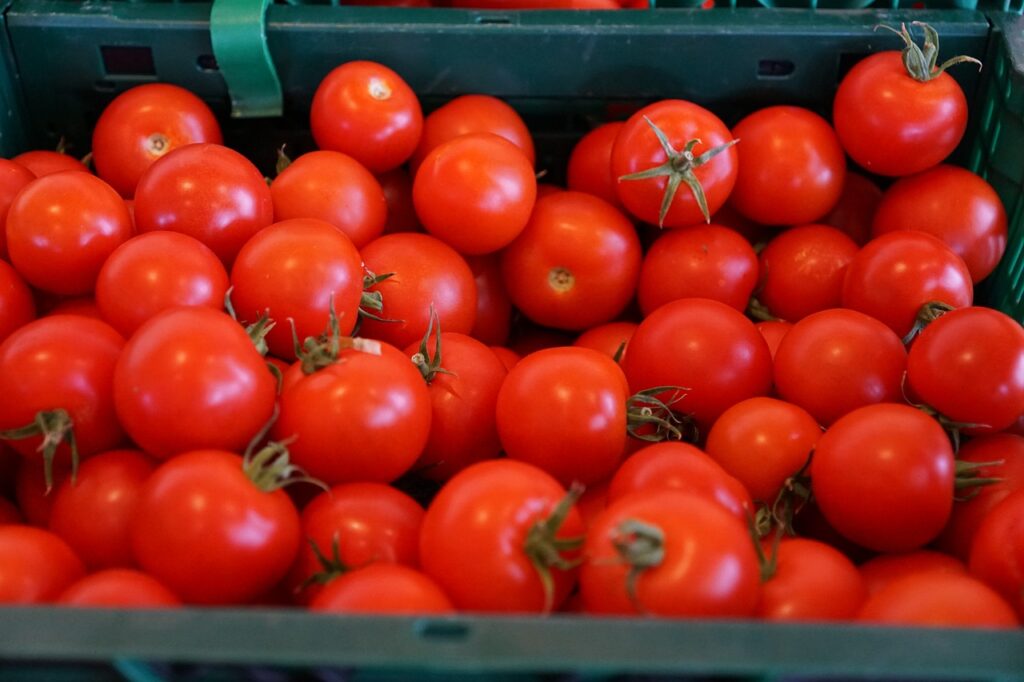
How To Store Tomatoes
Tomatoes are best stored at room temperature and NOT in the refrigerator. Between 60-75F *15-24C) is the ideal temperature. If tomatoes are stored in the refrigerator, the flavor and texture will change. Tomatoes should also be kept out of direct sunlight. A common characteristic of tomatoes is their ability to ripen after they are picked. Direct sunlight can cause to tomatoes to ripen and then spoil more quickly.
The proper storage container for tomatoes is a paper bag, cardboard box, or basket. Tomatoes should not be stored in plastic bags as the environment will become too moist. Additionally, separate any bruised or overripe tomatoes. If a tomato has a bruise or is overripe, the other tomatoes surrounding it will spoil more quickly.
Ripe tomatoes should be used within a few days before they turn mushy. However, mushy tomatoes are great for tomato sauce, paste, and soups. Tomatoes can keep on a cool countertop for a week or two. Long term use of tomatoes will need to be cooked and canned or frozen for later cooked recipes.
Tip: Tomatoes can be frozen for recipes that must be cooked. Frozen tomatoes will have a different flavor and texture than fresh tomatoes.
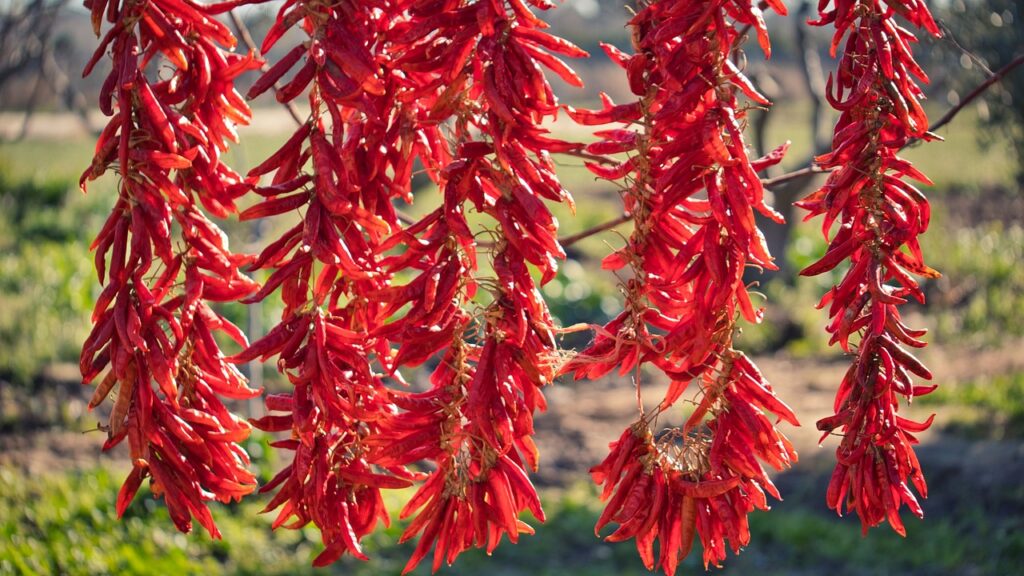
How To Store Peppers
Peppers when picked fresh, can be stored in the fridge for 1 to 2 weeks. A plastic bag, airtight container, or crisper drawer will allow for the right humidity for peppers to keep their rigidity.
For long term storage, peppers can be frozen, canned, or dried. To freeze peppers, wash and dry them. Peppers can be frozen sliced, diced, or in larger pieces. For proper freezing, the cut pieces should be laid out on a baking sheet and frozen. Then placed into a freezer safe container. Frozen peppers can be stored for up to 6 months.
Canning peppers involves adding washed peppers to a sterilized canning jar and filling the jars with water or a pickling solution. The canning process then involves boiling the filled jars or using a pressure canner. Canned peppers can last for a year or more if stored in a cool dark place. Be sure to check for mold, air bubbles, or other signs of spoilage within sealed jars before consuming.
Drying peppers involves leaving sliced or whole peppers out in a well-ventilated area (such as a pantry or garage). Depending on the humidity, drying peppers can take several weeks. Typically, peppers are strung on a needle and thread and hung. This allows for the whole surface area to be touched by the air.
Tip: Save the seeds from cut peppers and dry them for next seasons planting.

How To Store Cabbage
Cabbage is a hardy vegetable that can be stored for a relatively long time. However, there are general guidelines to keep it fresh.
In the fridge, cabbage can be stored for 2 to 3 weeks. Damaged outer leaves can be removed to deter molding. Cabbage should be wrapped in a towel or cloth and stored in a plastic bag or airtight container. Additionally, cabbage may be stored in the crisper drawer. Similarly, a root cellar, or cold, dark, damp room can act as another way to store for a few weeks.
Cabbage can also be frozen for long-term storage. First, blanch the cabbage, drain, and dry it. Shreds, or chopped cabbage work best for this method. Frozen cabbage should be stored in a freezer-safe container or bag and can last for 8 months or longer.
Another way that cabbage can be stored is through fermentation. To ferment, cabbage must be shredded and mixed with lots of salt. The salt/cabbage mixture should be packed tightly into a jar or crock. It is key that the cabbage is submerged in its own juices. Leave at room temperature for several weeks. Fermented cabbage, or sauerkraut can be stored for years.
Always inspect your cabbage before consumption. Signs of spoilage, such as mold or a slimy texture, should be discarded. Foul odor is also an indication of spoilage.
Tip: Cabbage leaves have been used traditionally as a home remedy to alleviate engorgement and inflammation of breastfeeding mothers.
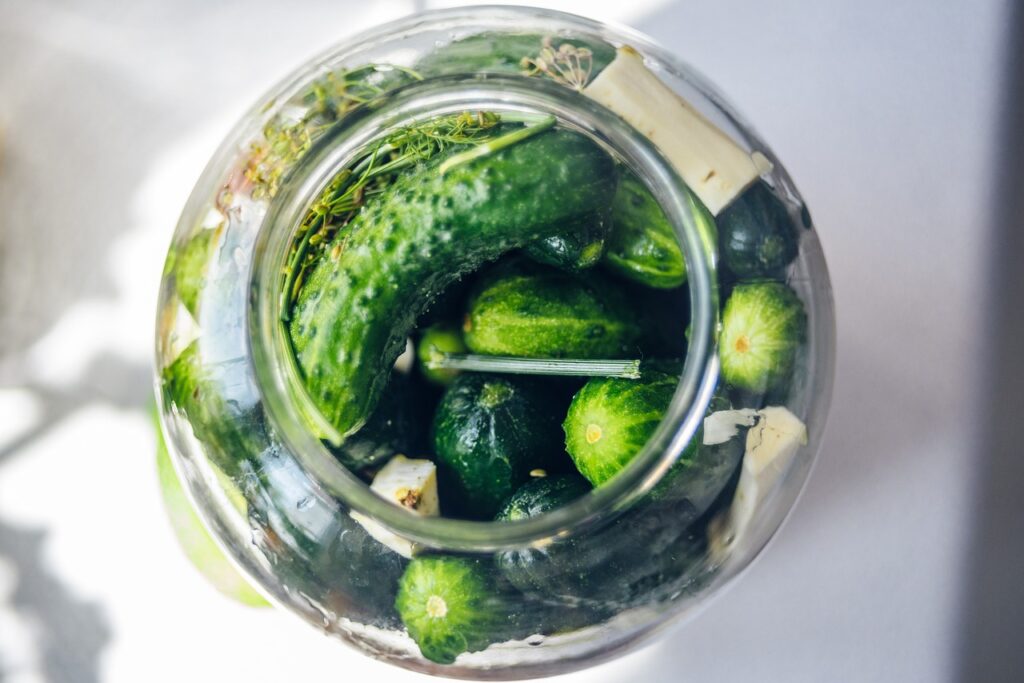
How To Store Cucumbers
Cucumbers are a delicate vegetable that can spoil quickly in the wrong environments. To store for short term use, place cucumbers in the refrigerator in an airtight container or plastic bag in the crisper drawer. Avoid storing cucumber near ethylene-producing fruits like apples and bananas, as this causes increased ripening. Additionally, cucumbers may be stored on the counter for a day or two. Sunlight and heat will cause cucumbers to spoil faster, therefore store them in a dark place.
For long term storage, cucumbers can be pickled. Typically, a mixture of salt, vinegar, water, and seasonings, are added to jarred cucumbers and then boiled. Pickled cucumbers can last for years.
Tip: The flavorings of pickles vary with different seasonings. For instance, bread and butter pickles have sugar, mustard seed, turmeric, and celery seed.
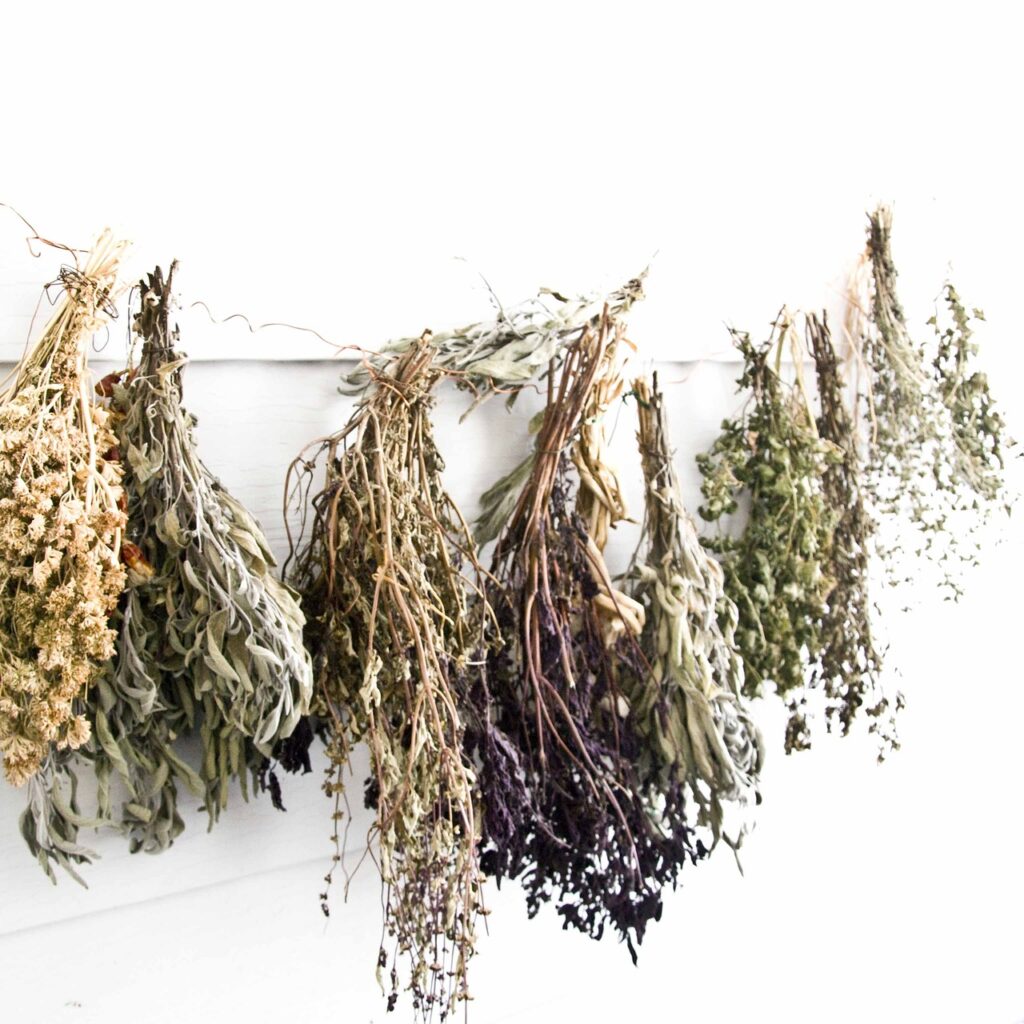
How To Store Herbs
To store herbs for long term use, they should be dried or frozen. To dry herbs, wash and dry them before bundling and hanging them in a well-ventilated area. Dried herbs should be kept out of direct sunlight to protect the potency of their flavor. Dried herbs can last forever, but their potency will decrease over time.
To freeze herbs, chop fresh leaves into ice cube trays and cover with oil or water. Once frozen, they may be transferred into a freezer safe container or bag. Frozen herbs can last for several months to a year.
For short term storage, herbs should be kept in a damp towel or in a vase of water. A plastic bag may be placed around the herbs to prevent them from drying out. The easiest way to store herbs is to treat them like fresh cut flowers.
Tip: Dried herbs can be blended together to form various teas. One of our favorite blends is rosemary, and lemon balm.
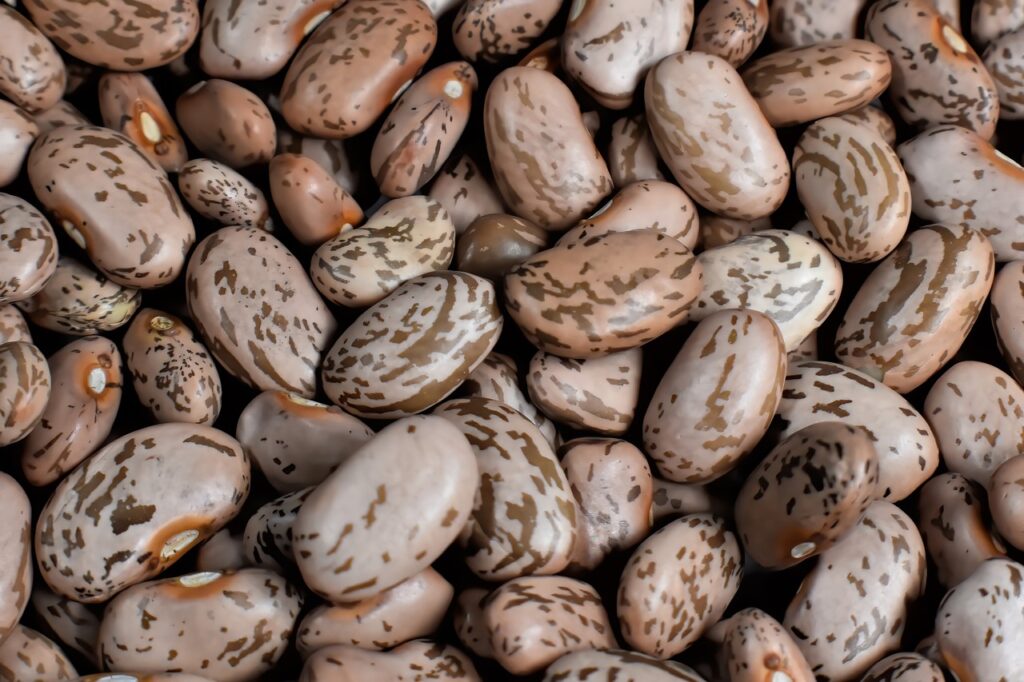
How To Store Beans
After harvesting beans from your garden, shell them and rinse the beans in cold water to remove dirt and debris. The clean beans are then spread on a clean towel to dry for a few hours. Additionally, a screen or mesh may be used to dry the beans. A dry, warm, well-ventilated area, such as a sunny windowsill or a warm, dry room will be needed to dry the beans. Every few days, stir the beans to prevent molding. Once the beans have dried completely, store them in an airtight container (a glass jar, or resealable bag).
Dried beans should be kept in a dry, cool, dark place. For instance, a pantry or cupboard are a great place. Beans will last for several years if dried correctly.
Tip: Soak beans overnight before cooking to reduce the number of oligosaccharides (carbohydrates that cause flatulence).
Food Storage Products:

21.5 Quart Water Bath Canner https://amzn.to/3Eluvub
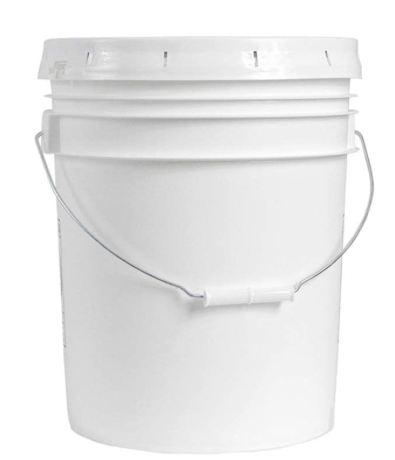
5 Gallon Buckets https://amzn.to/3lE5BiY

10 Liter Crock for Fermentation https://amzn.to/41cUKgb

Quart Jars https://amzn.to/3ICkECU

Easy Turn Gamma Lids for 5 Gallon Buckets https://amzn.to/3KoIzab
Other Articles on Food Storage
Canning Basics – Getting Started
https://boonstead.com/canning-basics-getting-started/
How to Can Goods without a Canning Machine
https://boonstead.com/how-to-can-goods-without-a-canning-machine/
Recent Posts
In general, to harvest your own seeds, you must choose mature, healthy plants, allow seeds to dry out, and remove the seeds when they are completely dry. However, this process will look different for...
A guide on how to store and organize seeds for your garden. Vegetables, flowers, herbs, or anything you are wanting to grow. How to Store Your Seeds Proper storage of garden seeds is essential...


